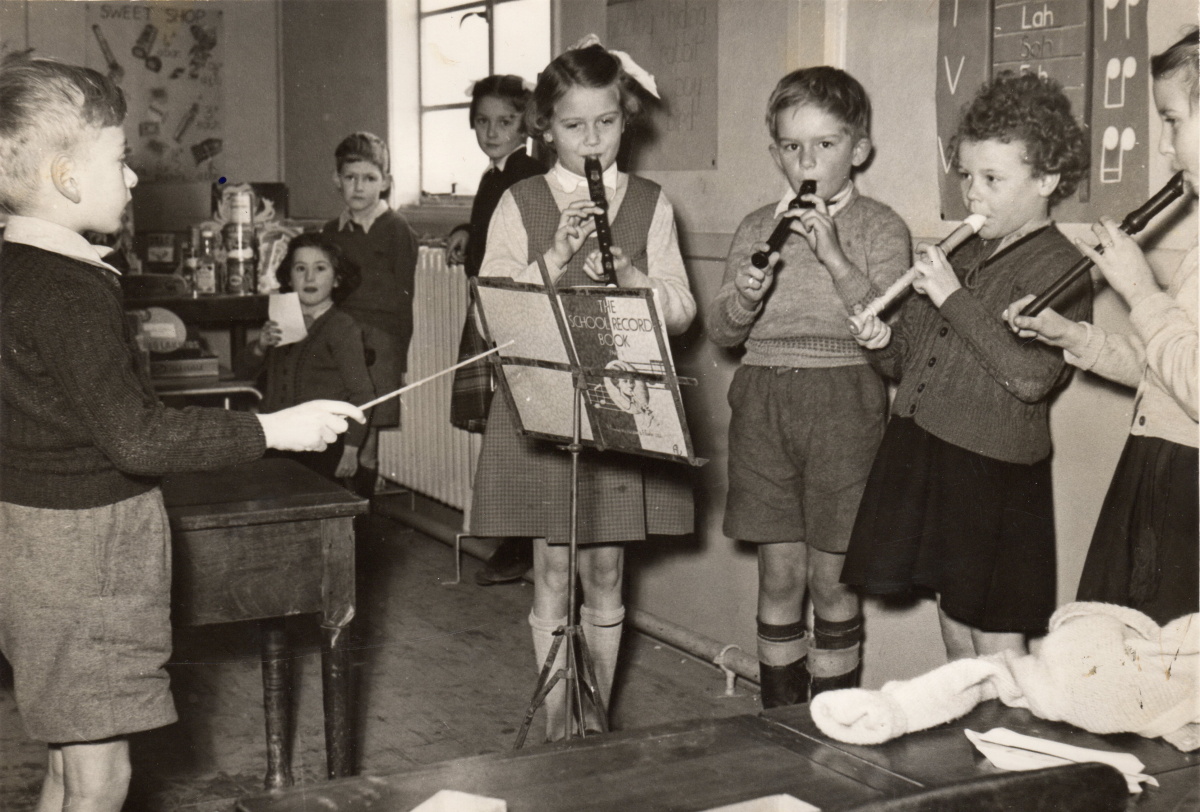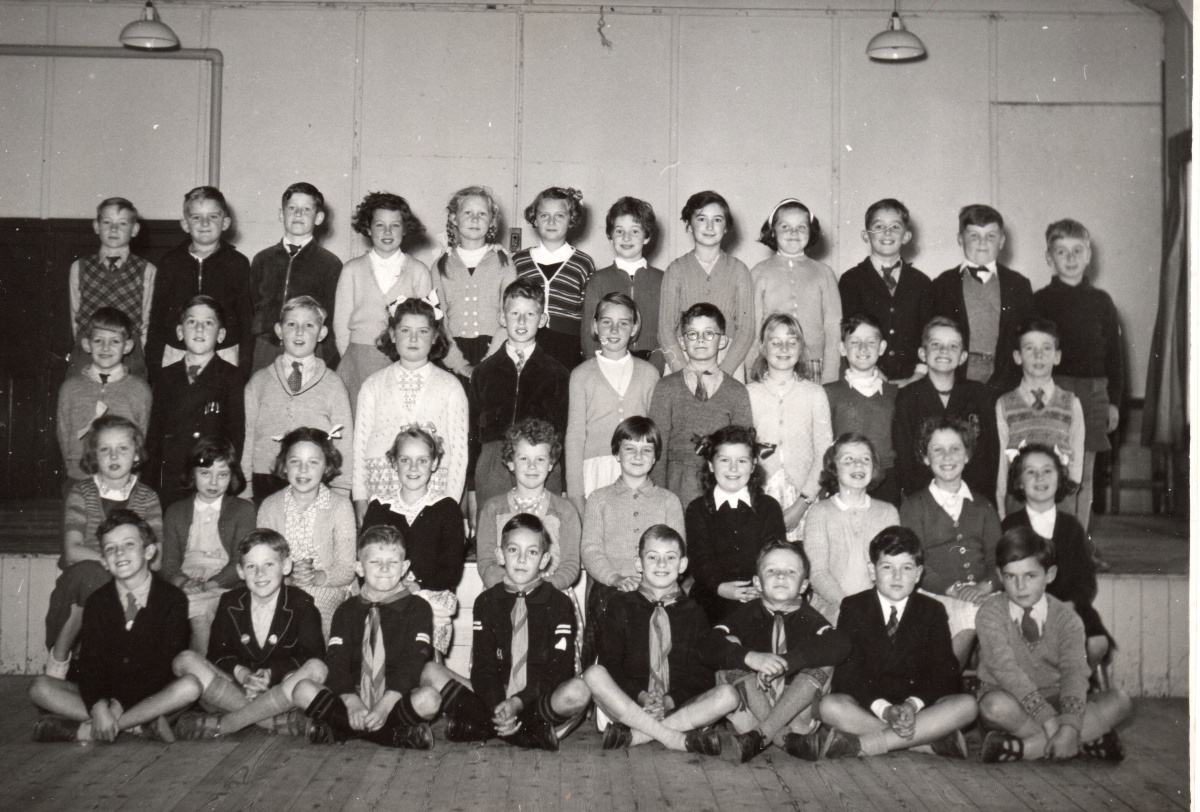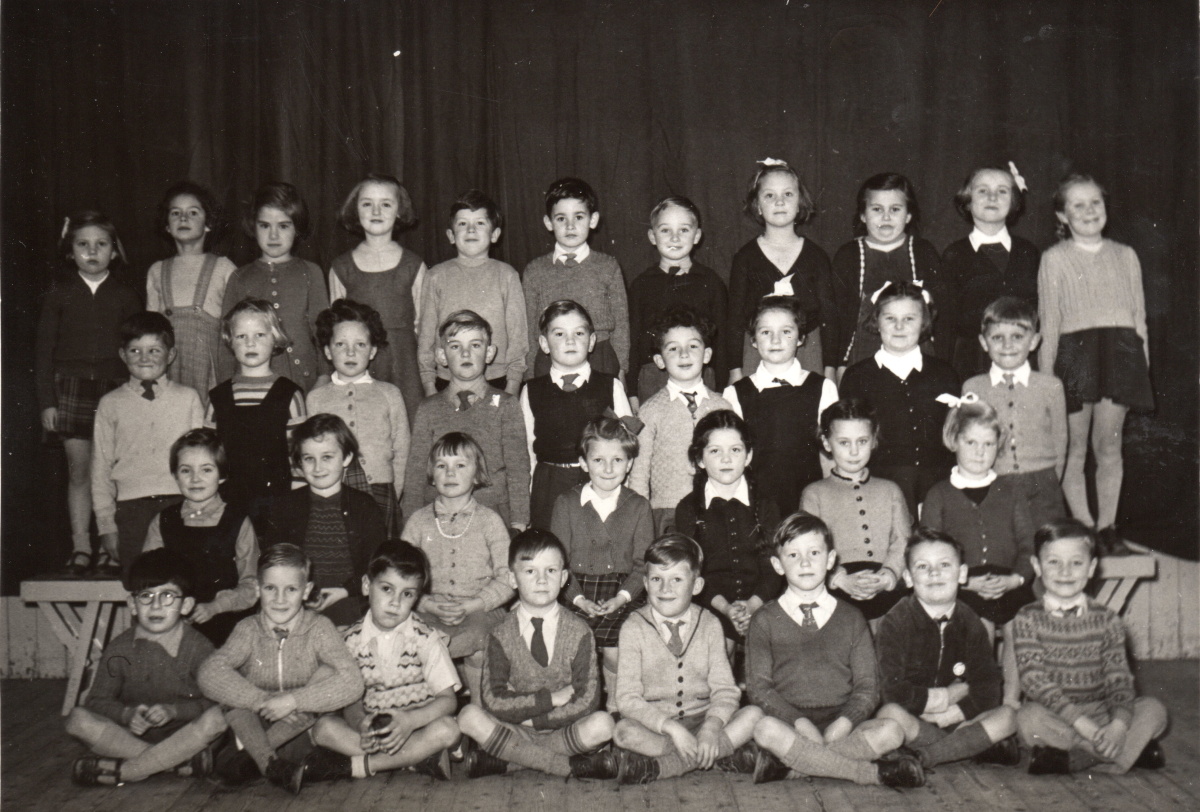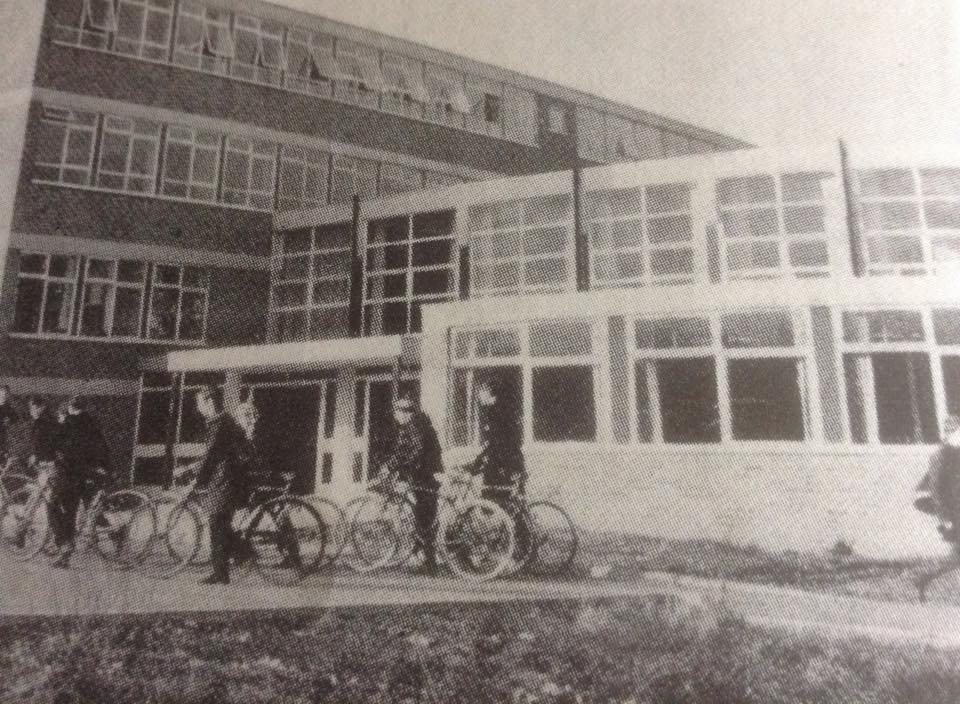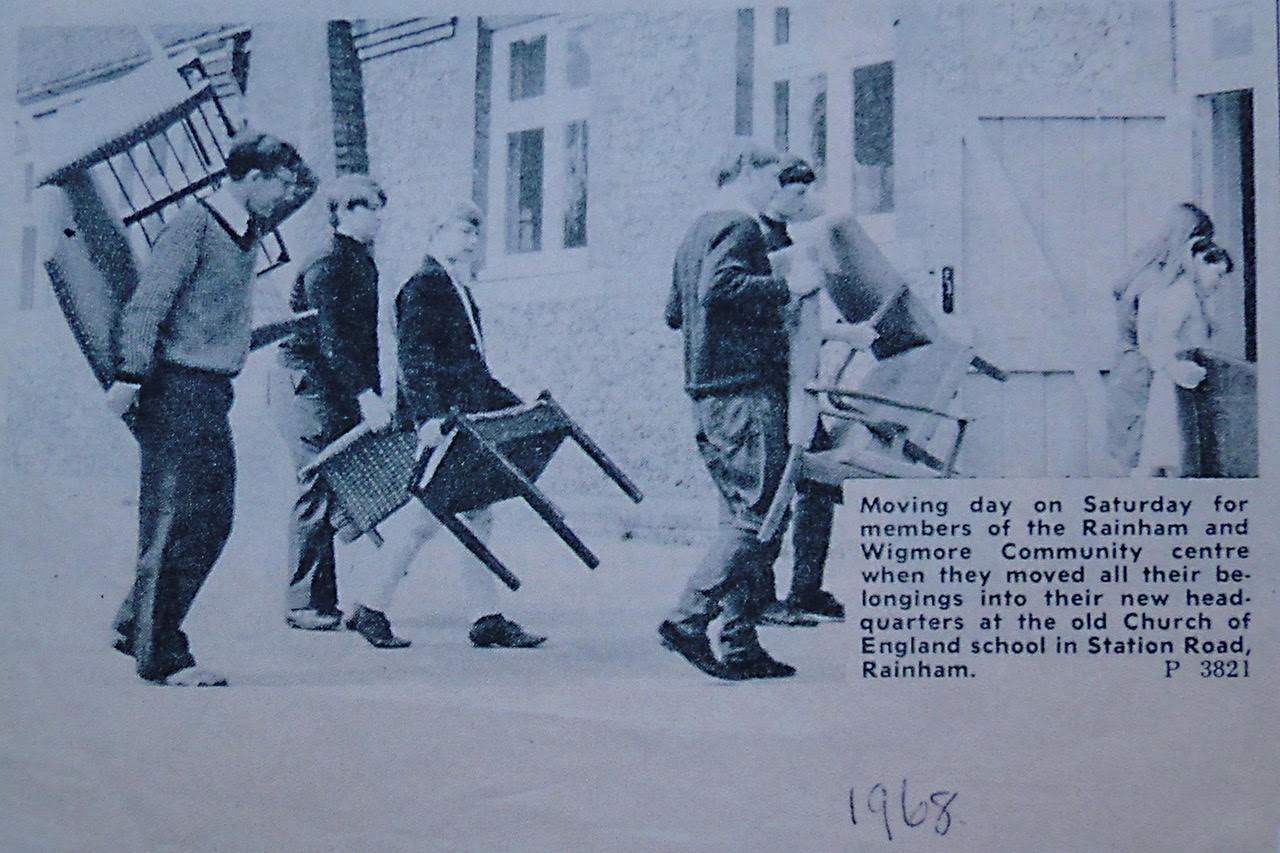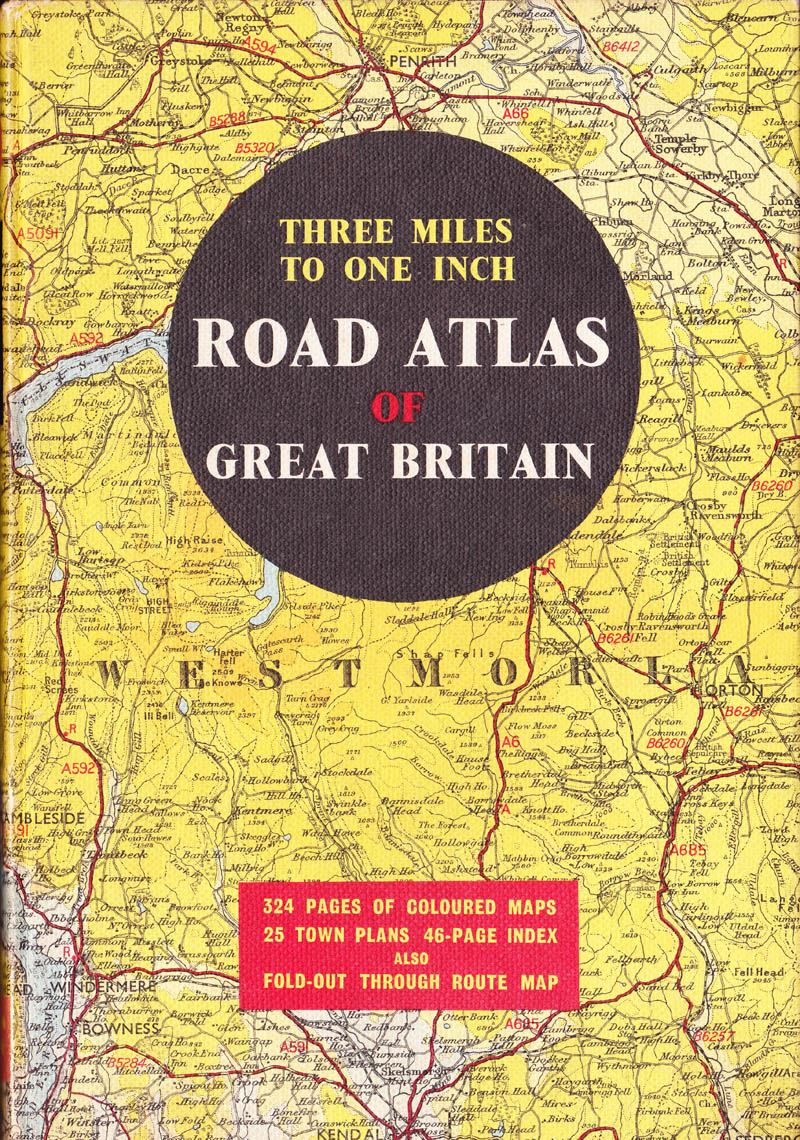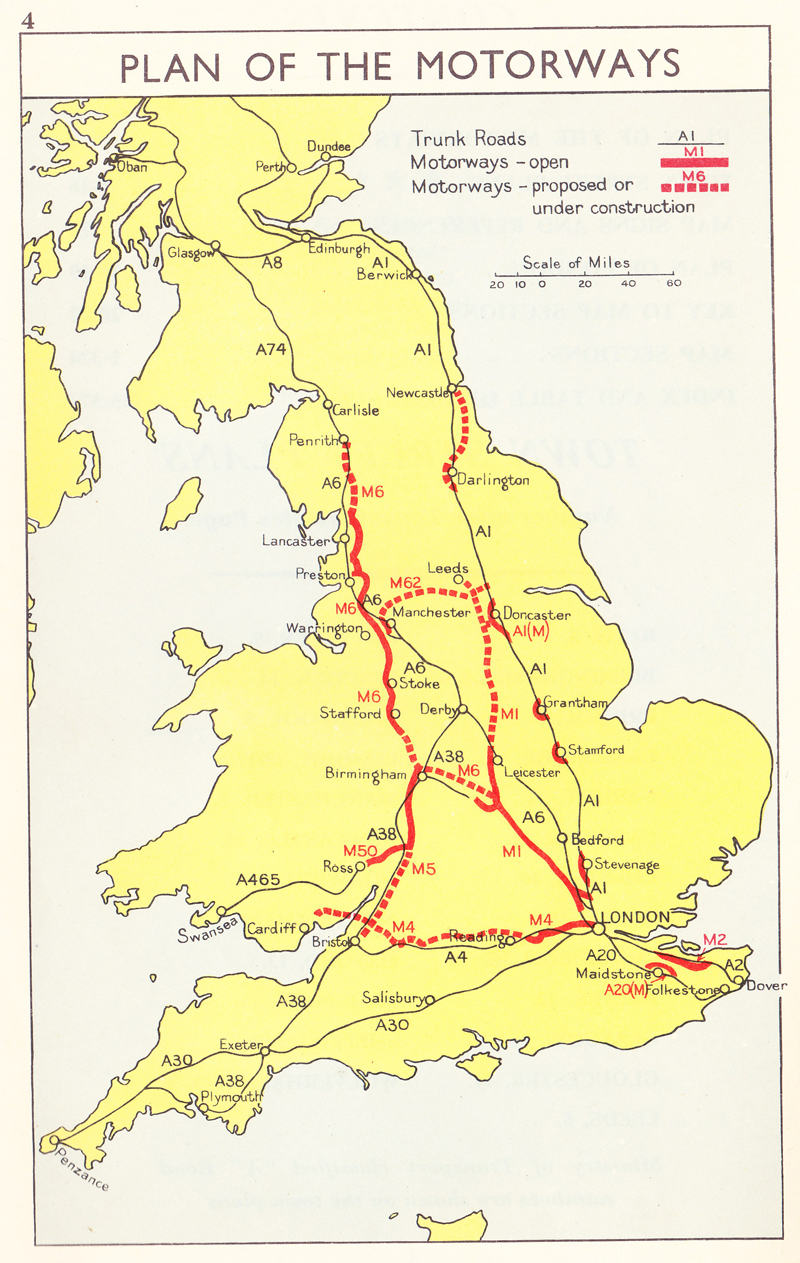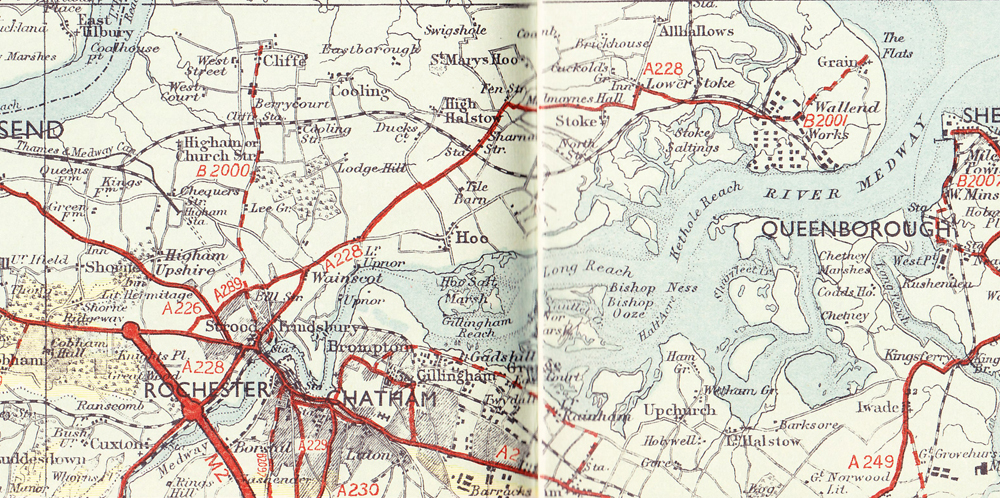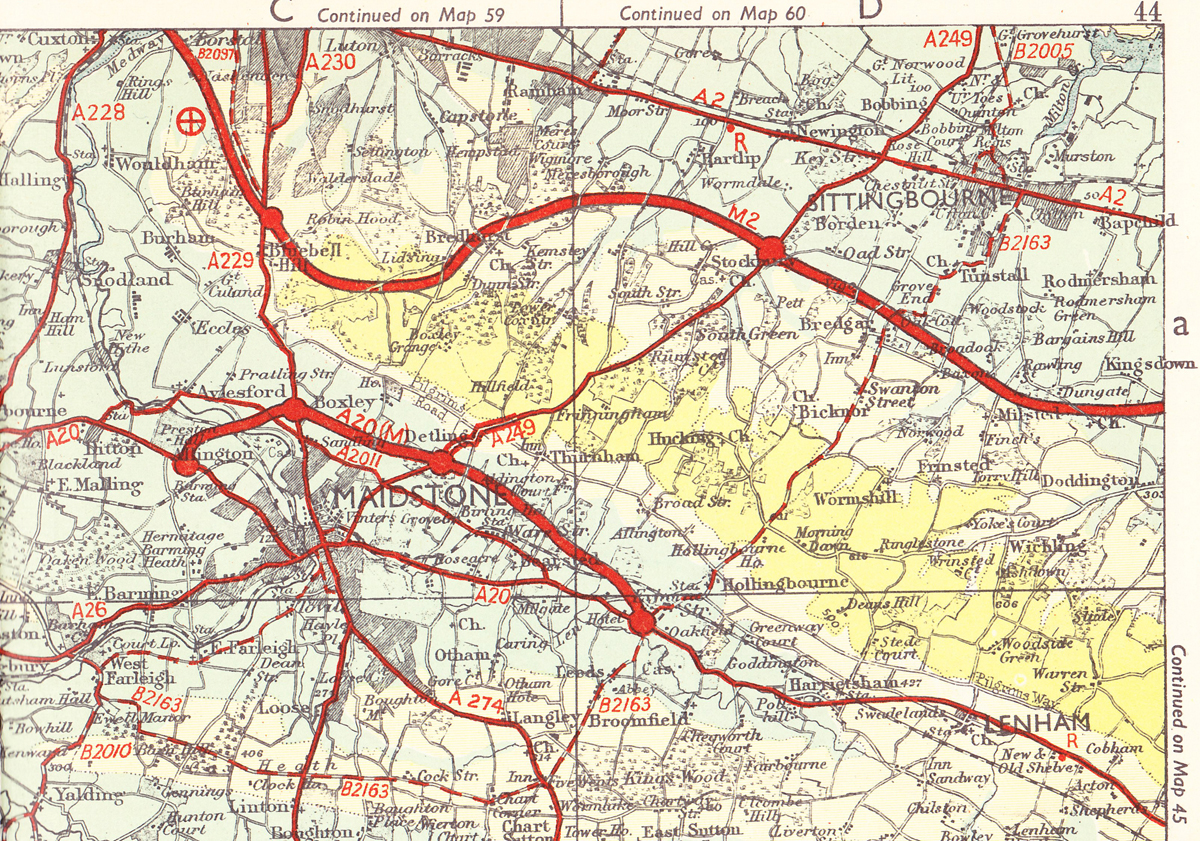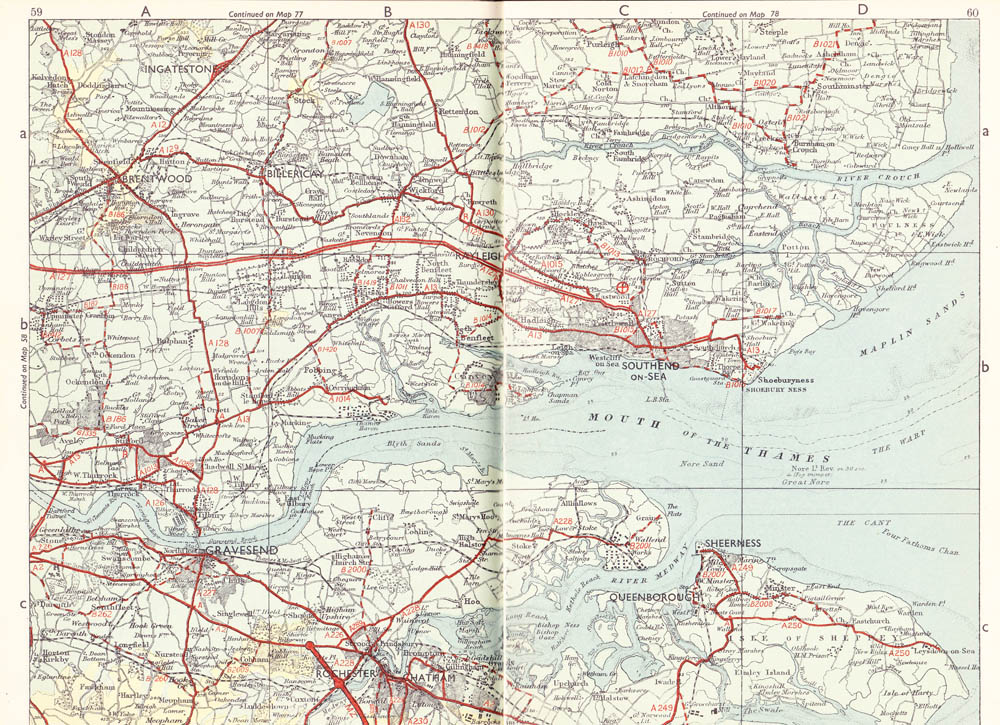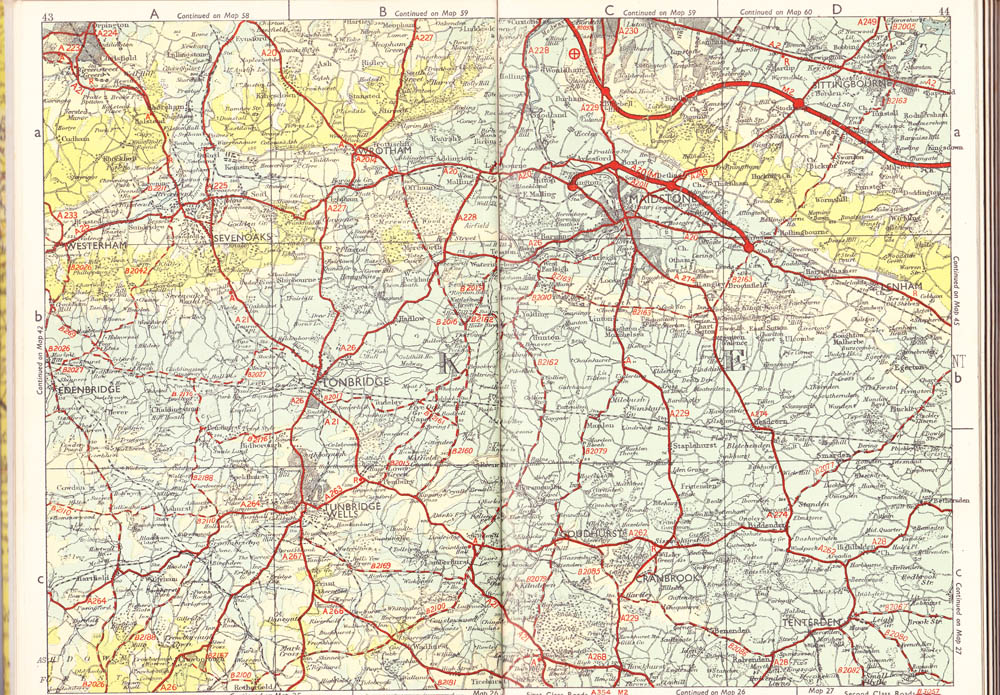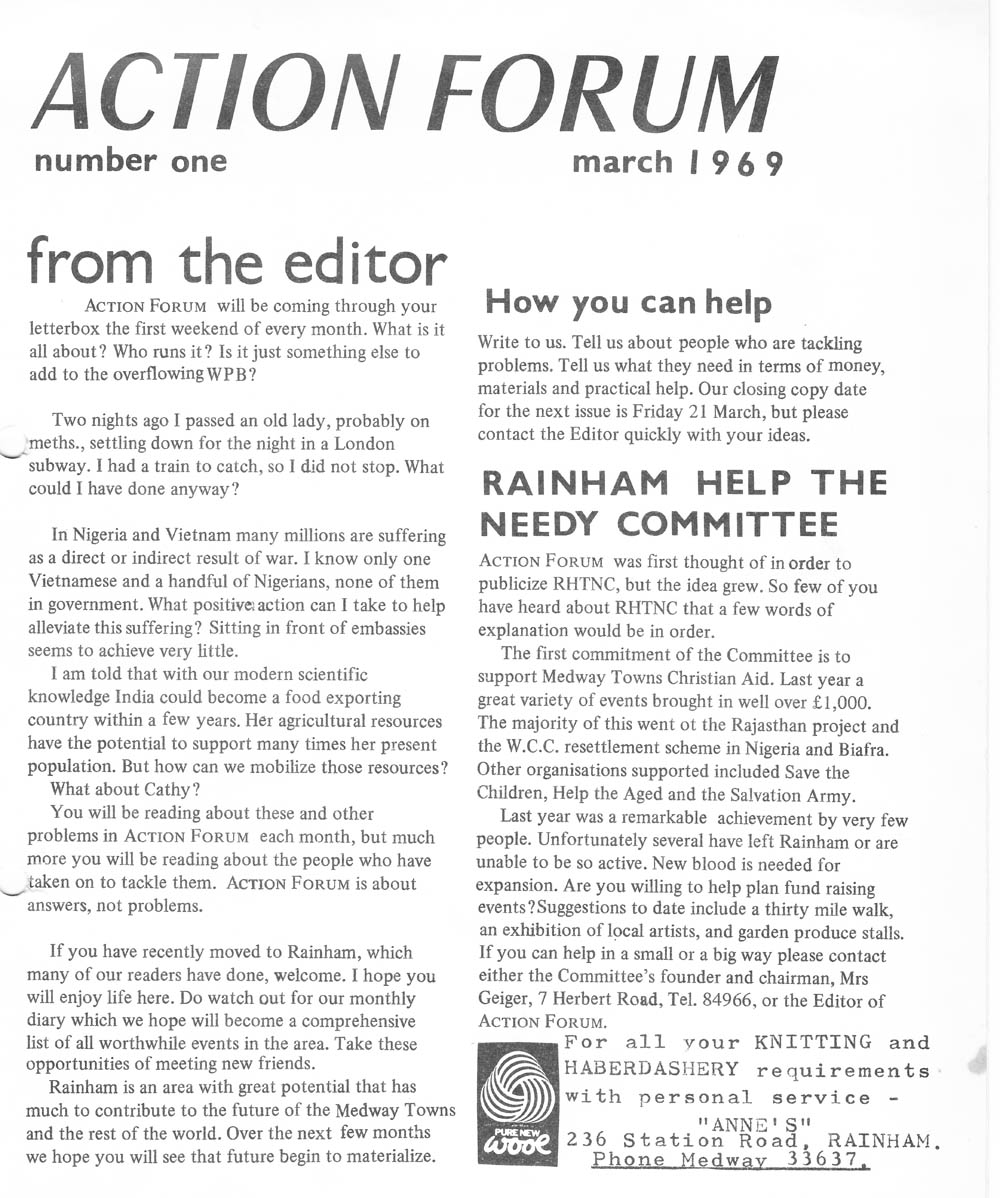Nowadays, we pretty much take the existence of the big, established nightclubs like Ministry Of Sound and Fabric and Gatecrasher for granted, but if anything, they have become something akin to cultural dinosaurs; large and unwieldy, their hay day seemingly behind them and, as people’s habits change, an uncertain future ahead. Yet, there was a time, only a few decades ago, with vibrant underground indie and dance music scenes in ascension, that conditions were right for the ‘super club’, as we came to know it, to emerge.
There were, of course, the trailblazers, opening up through the ‘80s on the back of the acid house wave, and who’s names have gone down in history: London’s Turnmills, Newcastle’s Tuxedo Royale and, most notorious of all, Manchester’s Haçienda. However, a page seems to have slipped from the history books, because, search as you might, nothing seems to exist that mentions what was happening down here in Kent, in an old former NAAFI club, situated in the no-mans-land between Gillingham and Brompton. I would say it’s arguable that, years before Cream Nation was so much as a glint in the milkman’s eye, Excalibur was the place where the Super Club was born.
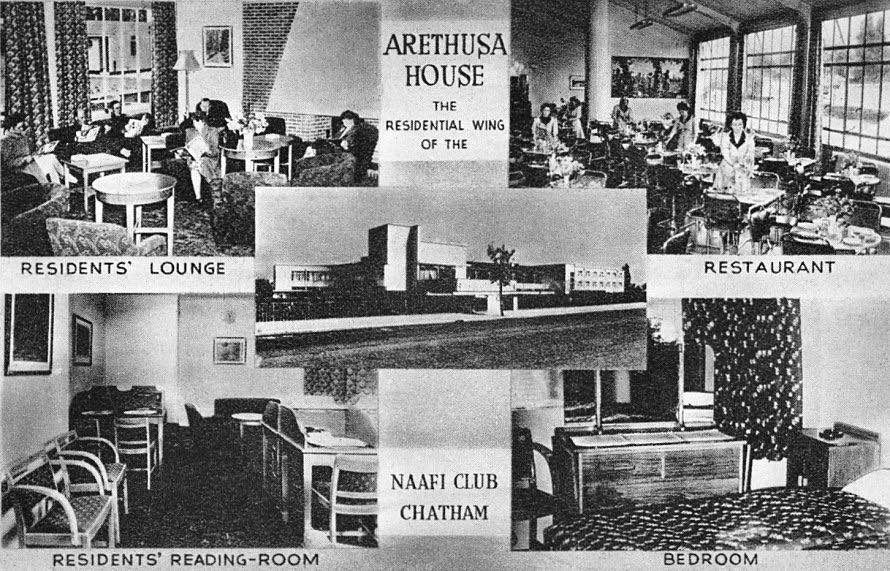
It was in our home town, so why wouldn’t we have taken it for granted? I mean, huge, 2000+ capacity venues, where you could wander along and catch The Prodigy playing live on a Monday night existed everywhere, right? I guess, as the saying goes, we didn’t know we had it so good.
Originally built in 1948 as a NAAFI (navy army airforce institute) club, the building complex was eventually purchased by Canadians and became The Aurora Hotel. The Aurora’s substantial ballroom, that would come to be known as The Regency, had quite an illustrious career throughout the ‘60s and ‘70s, notably seeing an early performance by David Bowie and playing host to the renowned weekly ‘Village Of The Damned’ Blues Club. By the end of the ‘80s, though, a change in ownership brought about big Changes for The Aurora. Now in the hands of the Degiorgio family, the hotel was reborn under its present name, The King Charles, and the Regency Ballroom was refurbished and opened as a fully-fledged nightclub.
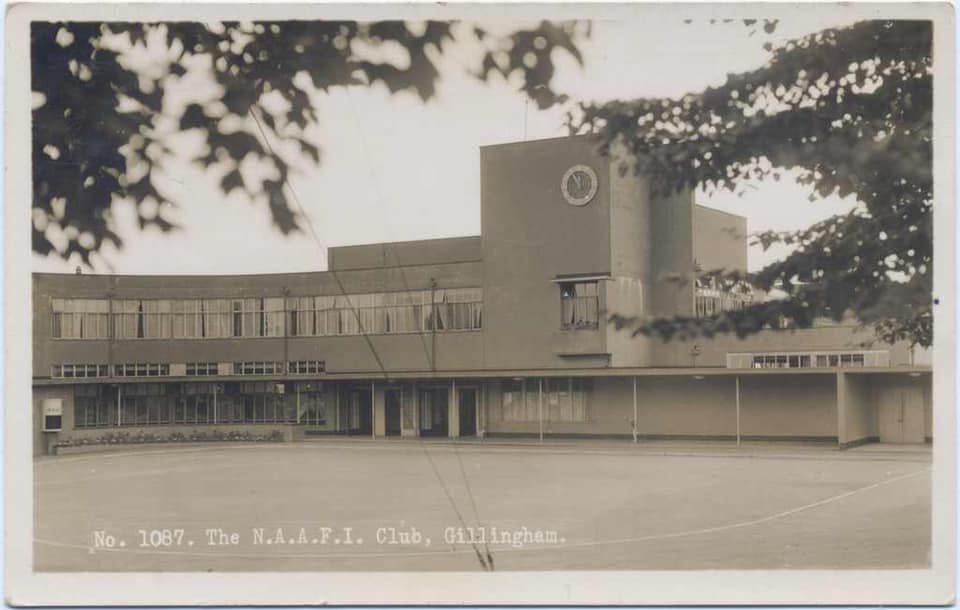
Decked out with black ceilings, mirror walls and copious amounts of chrome, the club's piece de resistance was its stage and dance floor. The stage was broken up into terraces of different levels, surround by stainless steel railings, topped by a curved wall of floor-to-ceiling colour TVs. To the right, was the DJ booth, clad in panels taken from old pinball machines. All this looked down onto dance floor, at the centre of which was an area about the size of a tennis court, that could be hydraulically elevated to reveal lights and a water feature underneath. By 1990, the names Aurora and Regency were gone and the days of The Excalibur had begun.
In a stroke of ‘Hook ‘em while they’re young’ genius, Excalibur ran an under 18s night, which took place every Monday. It was here that many of us embarked on a journey as clubheads. Limited to buying coca-cola and ice poles, we longed for the day we could get hold of a fake ID that might enable us to get in on a weekend, for the real deal, when we’d be able to get smashed on the Hooch and K Cider that we could see tantilisingly stocked in the fridgrs behind the bar, but not get our hands on.
Over the next few years, the club grew in both notoriety and size; slowly consuming more and more of the hotel. By 1995, there were several club rooms open under the name ‘The King Of Clubs’, catering for the broad clientele that the venue was attracting. The main room was still The Excalibur, with resident DJs Marky Mark, Darren J and Stevie D, playing pretty much everything you’d expect to hear in a club of the time; house, garage, R’n’B and a hefty dose of Jungle. The Sovereign, where DJ 'Ragga' Mikey played, reggae, dancehall, hip hop, swing and R’n’B. Upstairs, there was Ceasers, the 'party' room, witg DJ Ian Williams, who I swear played nothing but Come On Eileen on repeat. Lastly, there was The Palace, a large, smoke-filled cavern of a room, lit only by black lights and strobes, flashing in time to the thundering drum n bass rhythms of DJ Zinc’s Super Sharp Shooter, while faceless MCs spat lyrics ten-to-the-dozen.
Aside from the Saturdays, on which every room was open to anyone who came through the door, there were a number of independently promoted club nights that took up residency through the week. Disco Inferno and Spreadin’ Fever, are two that deserve mention, but, most notably, for a good many years on a Friday, the venue was home to the South East’s largest alternative indie/rock club night outside of London, the legendary SubSonic... a safe haven for goths, metallers, parka-wearing Oasis fans and those who lived their lives according the lyrics to Pulp’s Mis-Shapes, or Suede’s Animal Nitrate.
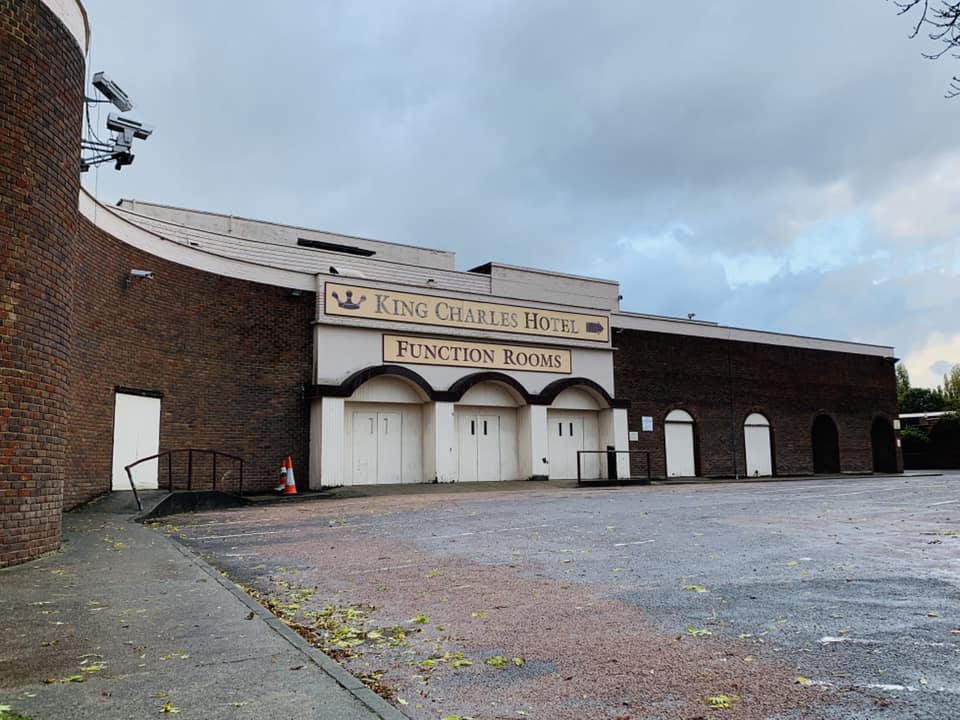
The Excalibur continued to reign supreme throughout most of the ‘90s.
It’s nearest rival, The Ritzy, on Canterbury Street, had not the capacity to compete, and The Avenue, on the A2 near Twydall, was, in essence, little more than a pub with a dress code and delusions of grandeur. In those halcyon days, Atomics in Maidstone was possibly the only place that gave Excalibur a genuine run for its money, with regular events, Pure Science and Club Class, pulling in big-name DJs from the worlds of House and drum&bass, including the likes of DJ Hype, Shy FX and even Boy George. However, the King Of Clubs, had broader appeal, slightly rougher around the edges and playing to wider-ranging crowd, you could make a night there whatever you wanted it to be and with nothing resembling a dress code, it was hardly pretentious.
Needless to say, all good things come to an end. In many ways, the initial demise was the result of the venue becoming victim of its own success - it’s notoriety over the south east soon brought the London gangs, which in turn brought trouble. Regular police appearances in response to violence soon began to taint public perception of the club and, by association, that of the attached hotel. By the time First Leisure opened their fancy purpose-built mega club, Amadeus, in Strood, people we’re keen to latch on to a fresh club experience - but one that wasn’t perhaps quite so visceral. The problem was, Amadeus was not unique - it wasn’t so much a club, but rather a soulless corporate template, which could be stamped around the country, in the middle of pre-identified catchment areas and lure punters with drinks prices that independently run clubs could just never hope to compete with. Sadly, people got wise to this too late. This was a blow too many. In 1998, after a brief time opening under the name 'Legends', with former Invicta Radio DJ, Ceaser the Boogieman at the helm, The King Of Clubs closed its doors and slipped quietly into Medway history.
I'm sure, like me, there's a good few people around here who, years later, still feel the corner of their lip curl a smile as they pass the corner of Bromton and Prince Arthur Road, as they give a knowing nod to the memory of their drunken teenage self, stagering home, with sound of Strike's anthemic U Sure Do rining in their ears.
And so, it's with much nostalgic sadness that we learn that the old club building is to be demolished to make way for a new development, such is the way of the world I guess. But holding such a place in the hearts of so many of us, I felt that its story was worth a few lines and, finding that nobody else had apparently done it, I decided that i should just do it myself.
If anyone has a story to tell, please share it, if you have any pictures, particularly of that levitating dance floor, we'd love to see them.. Let's put that page back in the history book.
I will forever remember my teenage nights, emersed in the rave, to sound of CJ Bolland's hardcore remix of NRG's I Need Your Lovin, bassbins driving so hard that they impeded your breathing, the sight of a hundred hands reaching up through the ultraviolet mist and their fingertips silhouetted as they broke through the ethereal blue and green tunnel of lasers that emanated from a tiny point at the far end of the room and coned out in a frantic, strobing cyclone of light, to project the giant glowing letters, that somehow, to this day, seem to remain burned into my mind... E.X.C.A.L.I.B.U.R
Written by Ross Ian Christopher Hutchinson


















































































































































